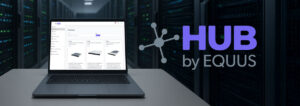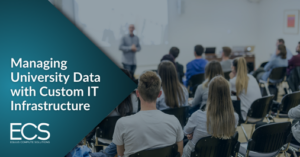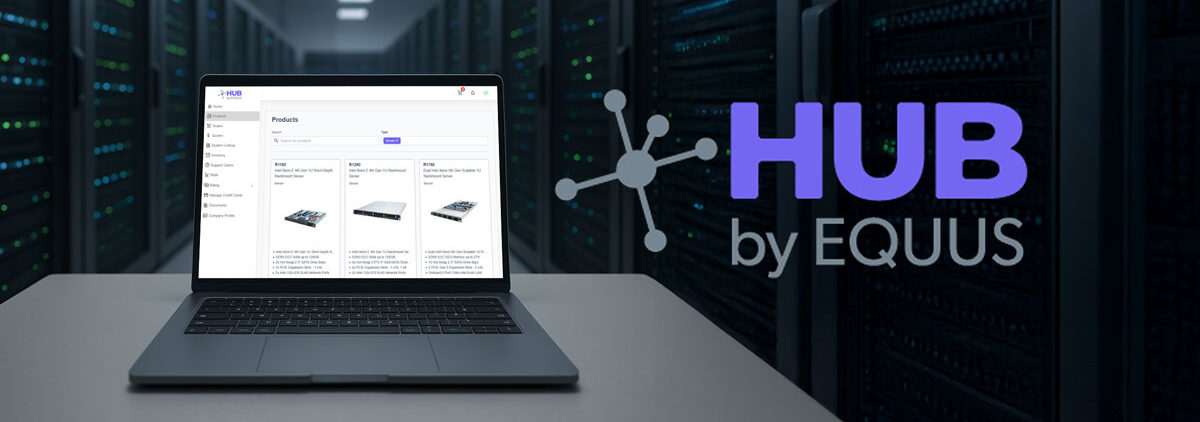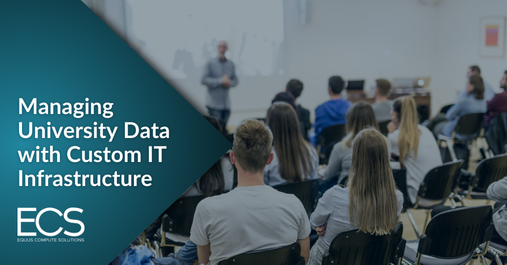Leveraging a data center in your business is a big commitment — the business equivalent of a marriage. It’s not surprising that many leaders are skittish when it comes to locking themselves with infrastructure decisions.
Despite the magnitude of the decision, data centers offer businesses a competitive edge. They can help businesses provide low latency service to customers, retain greater control and security over infrastructure, and make strategic hardware choices that precisely align with the customer’s business needs.
However, the scope of data center infrastructure means that you must carefully plan your hardware decisions while keeping in mind future upgrades. With that in mind, we’ll consider three principles that can help you decide when and how to expand your enterprise data center.
3 Formulas That Support Strategic Enterprise Data Center Planning
When evaluating when and how to expand an enterprise data center infrastructure in a cost-effective way, executives should consider the following factors:
1. Capacity planning. Your aim should be to maximize utilization without risking bottlenecks every time usage spikes. To do so, you’ll need to dig into your data. Analyze current resource usage and base future requirements on business growth, new projects, or increased demand (note that average data center rack usage is around 70%, and optimal usage is about 80%). These factors will help you determine the appropriate time and scale of expansion.
Pro tip: Use the data center space efficiency metric to help you get a feel for your current state.
2. Total cost of ownership (TCO). Expansion doesn’t always include building infrastructure. So it may be prudent to run multiple calculations. One calculation might consist of all building infrastructure like cooling and power equipment and space. And another that only factors in costs associated with hardware. The latter can be helpful since the hardware is replaced far more often than building infrastructure. Measuring TCO will help you identify which factors impact cost the most and give you a focal point for reducing costs and improving performance.
Pro tip: To calculate the TCO, add up capital expenditures, operational expenditures, and indirect costs over the expected life of the data center. Keep in mind that some of these costs will be estimates and may need to be revised as circumstances change.
3. Return on investment (ROI). The ROI is important for justifying your investment and getting buy-in from key stakeholders. To do this, you’ll need to assess the potential benefit of the expansion, factoring in increased efficiency, improved performance, and potential revenue growth. However, when it comes to data centers, the calculation can be a bit more complex due to the numerous costs involved and benefits that can be somewhat difficult to quantify.
Pro tip: The basic formula for calculating ROI is (Net Benefit / Total Cost) x 100 = ROI. When calculating the net benefit, be sure to include tangible benefits (such as increased revenue or cost savings from improved efficiency) and intangible benefits (such as improved customer satisfaction or business continuity).

Choosing Hardware That Promotes Data Center Efficiency
Your choice of hardware can impact data center efficiency and performance. To design a well-balanced enterprise data center, executives should consider the following:
- Performance Requirements. Evaluate your current and projected compute, storage, and networking needs. Understand the workload characteristics, including I/O patterns, processing requirements, and data growth rates. While it’s tempting to get the best hardware in each category, having components that are well-balanced will ensure that you’re getting optimal efficiency from each element.
- Energy Efficiency. Investigate energy-efficient solutions, such as high-efficiency power supplies, advanced cooling systems, and optimized hardware, to minimize energy costs and reduce the environmental impact of your data center.
- Scalability. Choose hardware that offers scalability to accommodate future growth. For example, you can consider modular or blade systems that allow for easy expansion.
- Compatibility. Ensure new hardware is compatible with existing systems and infrastructure. Check for interoperability with current software, networking, and storage solutions.
- Technology Trends. Stay abreast of industry trends and advancements. Technologies such as solid-state drives (SSDs), hyper-converged infrastructure (HCI), and advancements in CPU design can improve efficiency.
By considering these factors, executives can make informed decisions about when and how to expand their enterprise data center infrastructure in the most cost-effective and strategic manner.
It’s also important to assess vendors based on their hardware’s reliability, support, and performance. At Equus, we don’t limit our services to transactional interactions. Instead, we become a partner, providing support throughout the entire lifecycle of your hardware — ensuring you’re covered from the design to the decommissioning of your infrastructure. Reach out if you’d like to consult with one of our experts.
